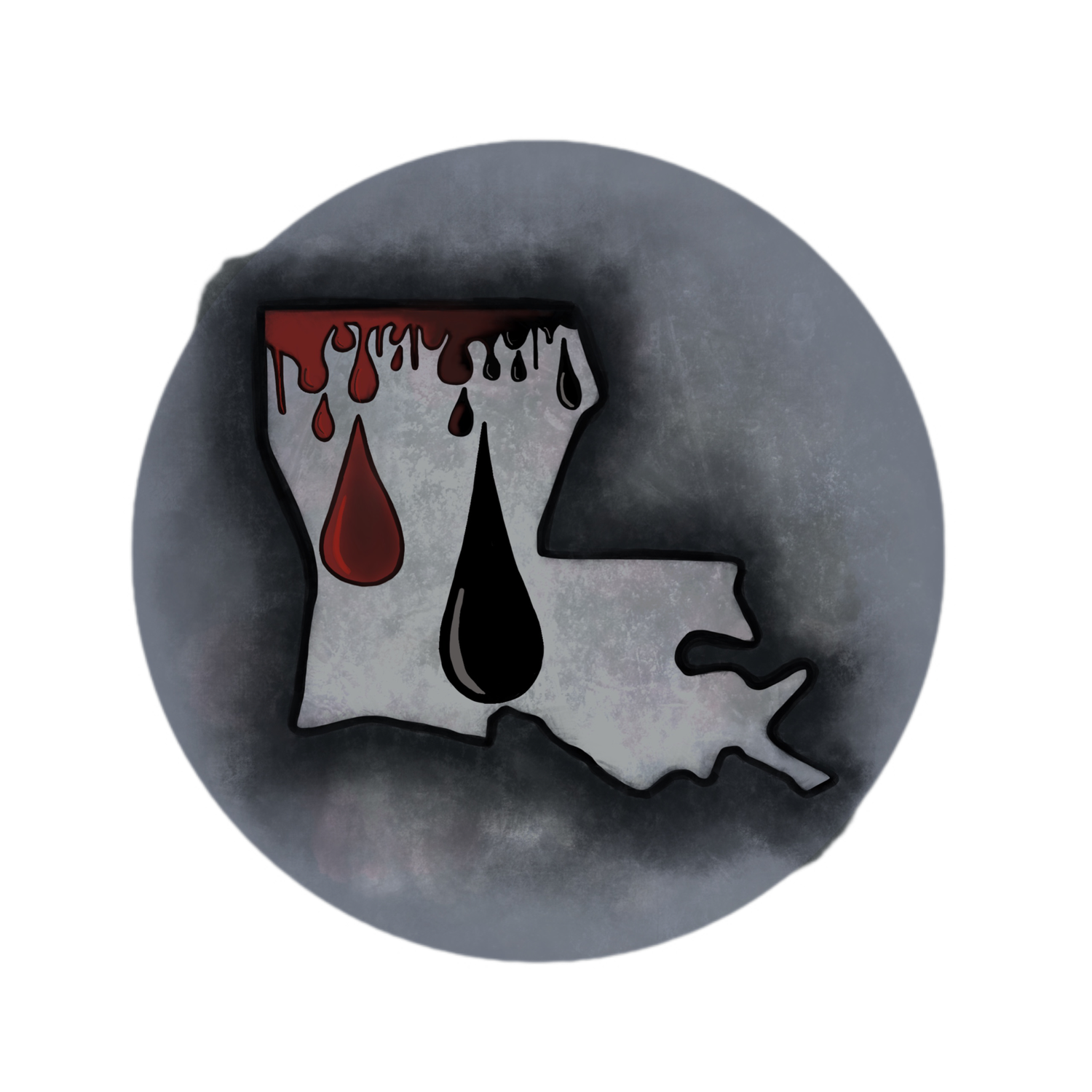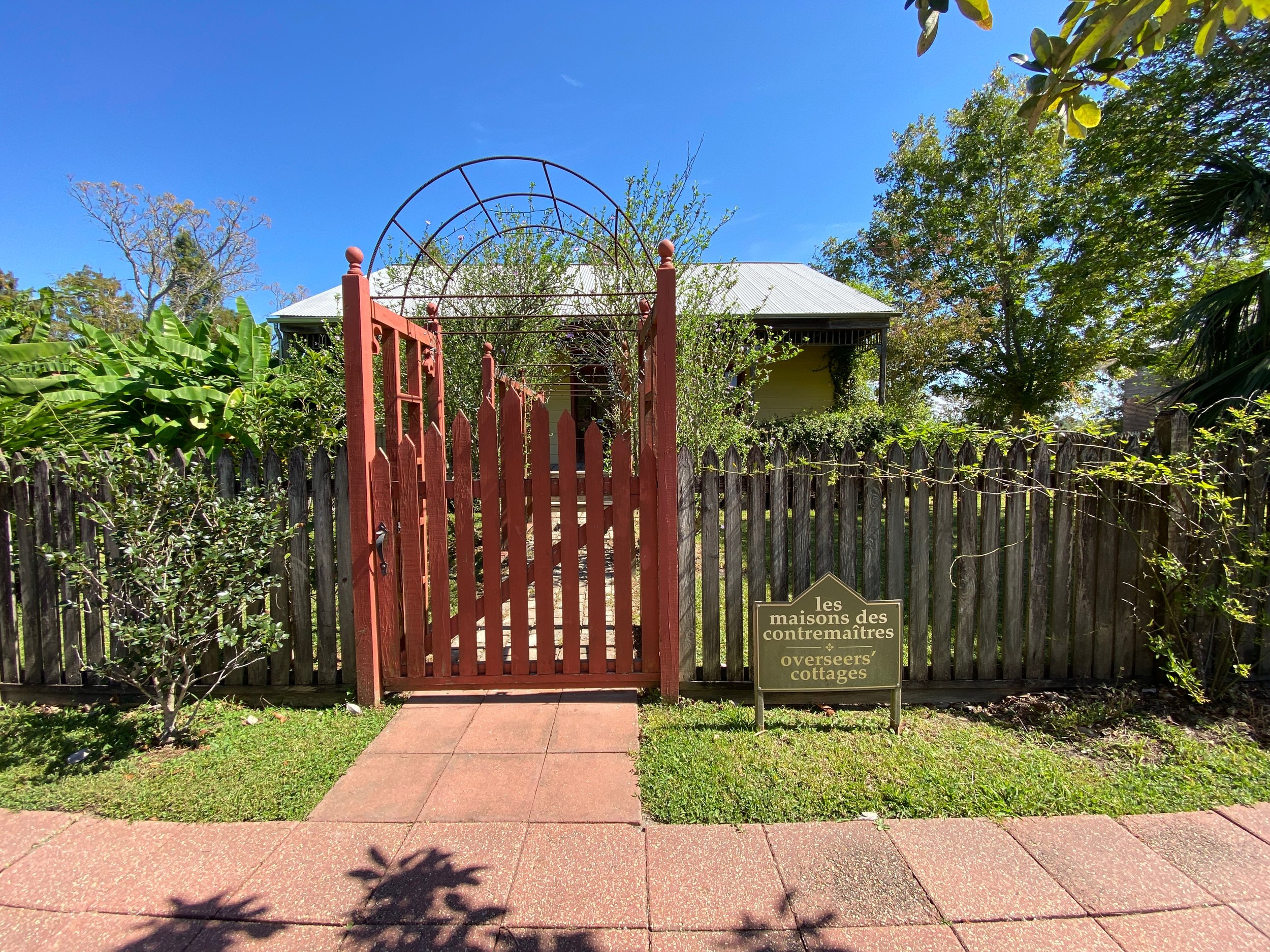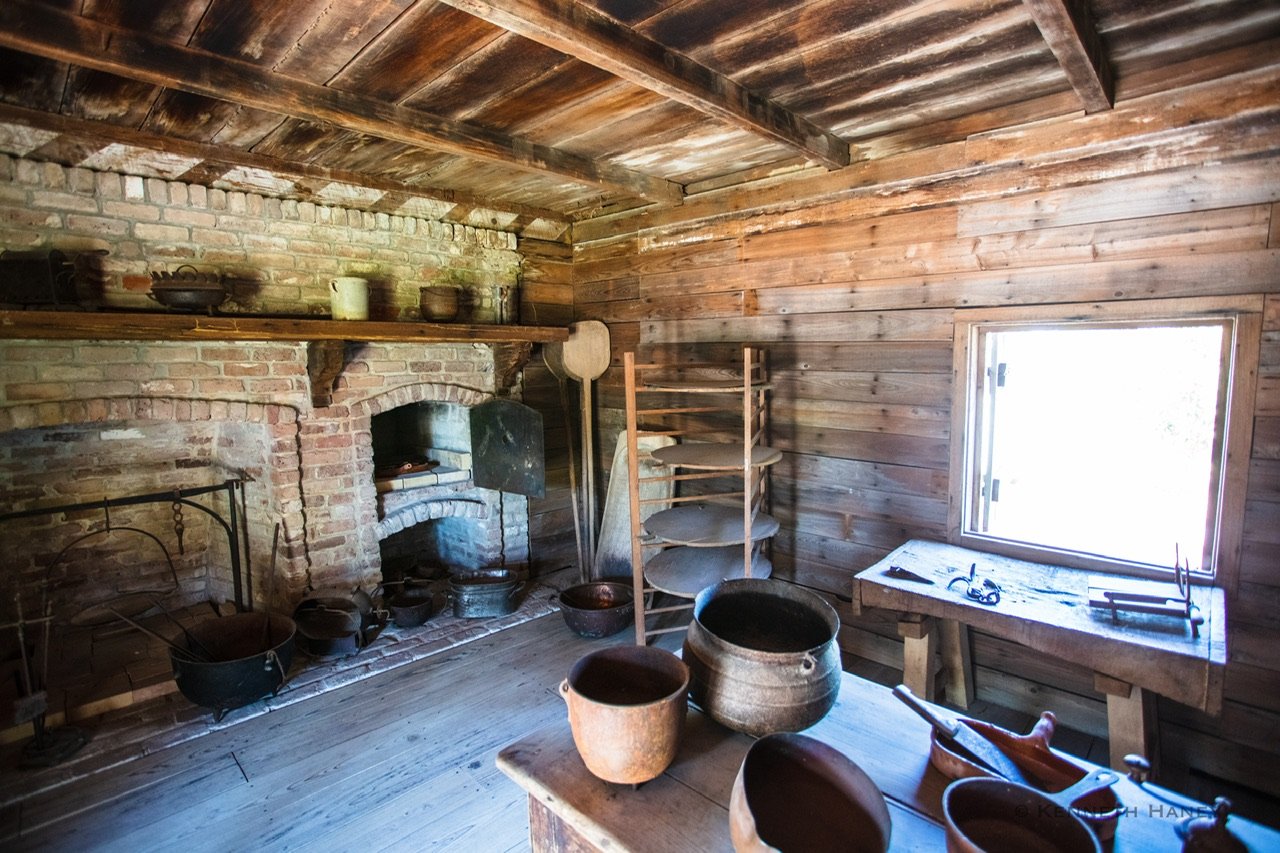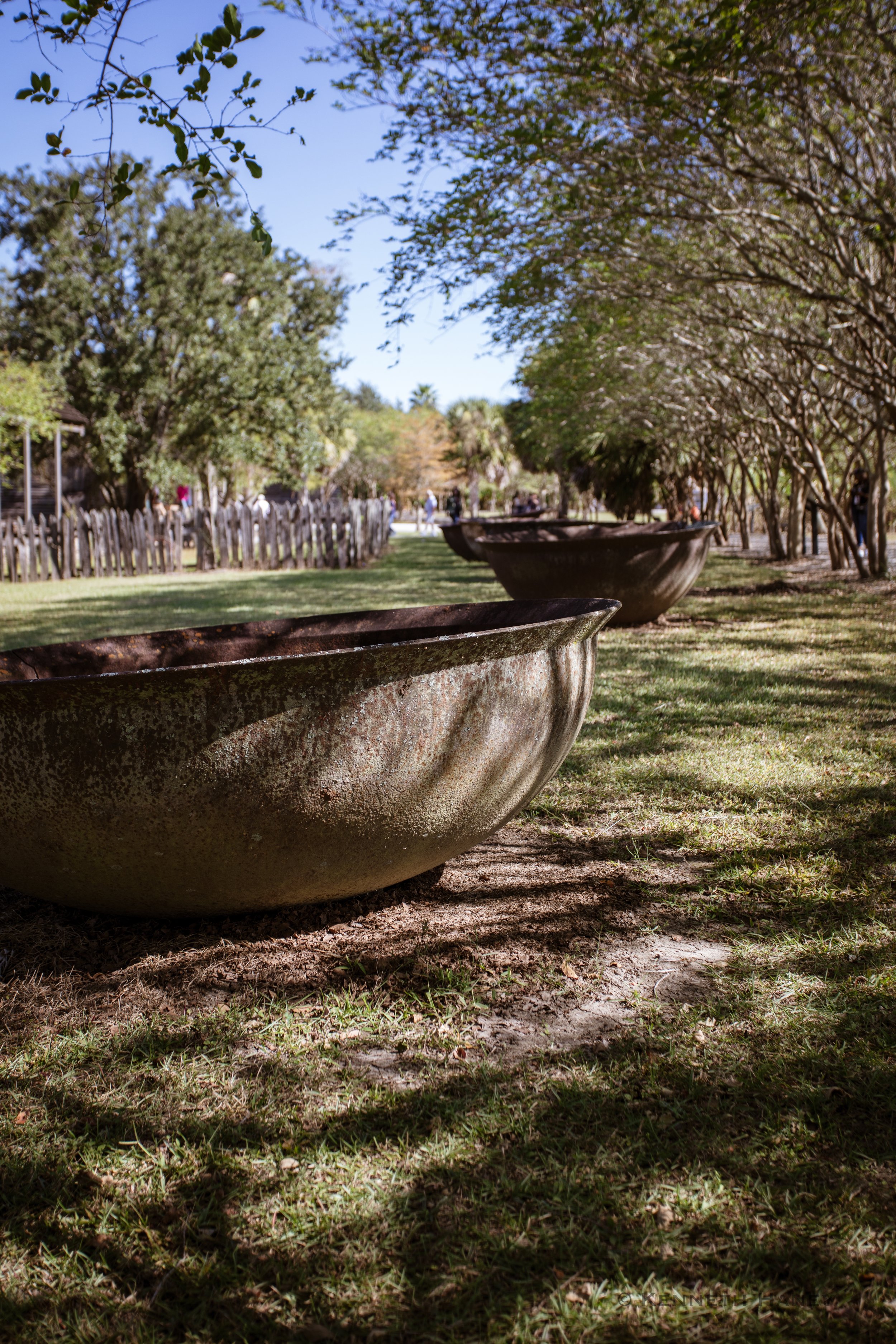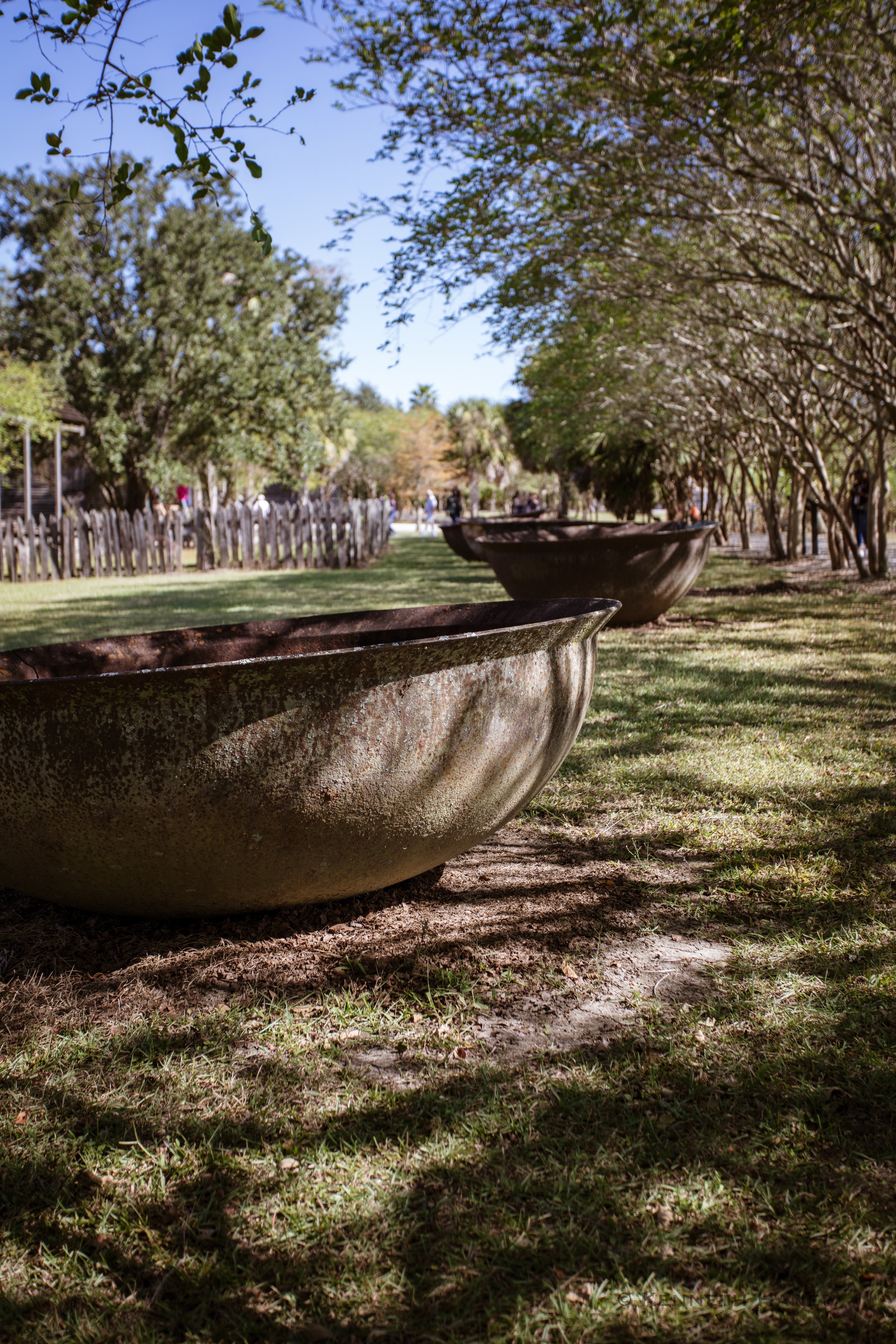
Episode 9
Part II:
The Plantation Museums on River Road
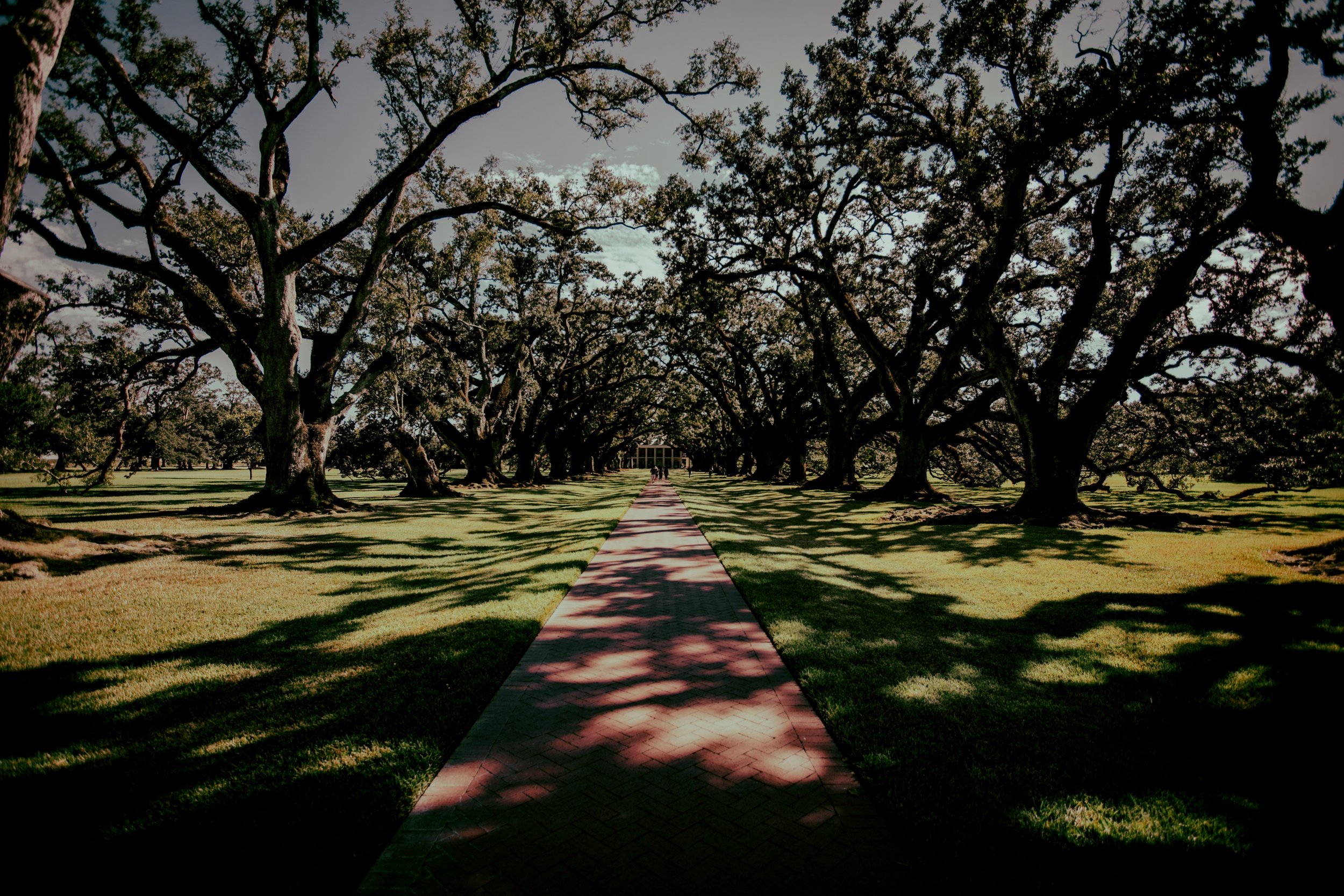
“Louisiana, with her fertile fields, clear skies, caressing breezes, colorful scenes of noted Romances, is reeking with the historical memories of a day past – but never to be forgotten.”
— J.G. Ewing
Foreword, Louisiana: a Tourist Guide to Points of General and Historic Interest. Louisiana Highway Commission, 1932.
For the best viewing experience, we recommend viewing photos on your tablet or desktop.
Landscape mode on mobile may help.
📸 photos by author. Destrehan Plantation Museum, December 21, 2021. Whitney Plantation & Slavery Museum, October 10, 2022. Laura Plantation & Creole Heritage Site, October 9, 2022. Oak Alley Plantation, October 9, 2022.
📸 Videos by author. October 2022 & December 2022.
📸 2021 Juneteenth celebration announcement. @DestPlantation on Twitter.
📸 Destrehan mule barn. Private Plantation Tour, Tour New Orleans. Link
📸 John Cummings, Whitney Plantation & Slavery, C-SPAN.com Link
📸 E.D. Cizek, J.H. Lawrence, R. Sexton. Destrehan: The Man, The House, The Legacy, pg 143. “Costumed interpreters welcome visitors to Destrehan Plantation”
📸 Marc St. Gil for the EPA, Lake Charles & South LA, 1972. Wikimedia Commons.
📸 Louisiana Federal Writers’ Project, Gumbo YaYa, 1945. Pg. 258.
📸 Pan American Record, Vol. 1. No. 1. September, 1916. Pg. 11. Link
📸 Cizek, Lawrence, Sexton. Destrehan, pg 57. “Original River Road Historical Society Board of Directors.”(RRHS archives) ca. 1973
📸 Unknown Department of Justice Photographer. Ruby Bridges & four Federal Marshals. New Orleans, November 1960. Wikimedia Commons.
This is where it ends.
Watch a slideshow put to the conclusion of “Blood & Oil,” taken from Episode 9.
Laura Plantation & Creole Heritage Site
Memories of the Old Plantation Home
Watch Lauren read the full quotation in Laura Locoul Gore’s own words, when as a child she learned of the horrors of Creole enslavement at the Duparc Plantation.
Whitney Plantation & Slavery Museum
Oak Alley Plantation
Education Through Historic Preservation
Click on each cover to view the full booklet online at

1811 Freedom Uprising Memorial Garden
Whitney Plantation & Slavery Museum
For more about the Whitney Plantation and Slavery Museum:
Michelle D. Commander, “Plantation Counternarratives: Disrupting Master Accounts in Contemporary Cultural Production,” The Journal of American Culture 41, No. 1. (March 2018): 28-44.
Jessica K. Rapson, “Refining Memory: Sugar, oil and plantation tourism on Louisiana’s River Road” Memory Studies 13, No. 4. (2020): 752-766. Link
Ibrahima Seck, Bouki Fait Gombo: A History of the Slave Community of Habitation Haydel (Whitney Plantation), (New Orleans: University of New Orleans, 2015). JSTOR
Clint Smith, “An Open Book, Up Under the Sky: Whitney Plantation,” in How the Word is Passed: A Reckoning with the History of Slavery Across America. (New York: Little and Brown, 2021). Author website
For Black perspectives on plantation museums and local history narratives:
Erik Johnson, “Slavery, Tourism, and Memory in New Orleans’ ‘Plantation Country.’” Africa Today 65, No. 4. (Summer 2019): 101-118. Muse-JHU
For more about the industrial sugar plantation:
Sidney W. Mintz, “Plantations as Industrial Complexes,” in Sweetness and Power: The Place of Sugar in Modern History. 1985. Internet Archive
For more about the Union occupation of New Orleans (1862-1865):
G. Howard Hunter, “Fall of New Orleans and Federal Occupation: For both Union and Confederate forces during the Civil War, New Orleans was considered a strategic city at the mouth of the Mississippi River.” 64 Parishes. July 27, 2011. 64 Parishes
For more about Reconstruction Era cross-race progressivism:
Eric Arnesen, “To Rule or Ruin: New Orleans Dock Workers’ Struggle for Control, 1902-1903.” Labor History. 1987.
Eric Arnesen, “Waterfront Workers of New Orleans: Race, Class, and Politics 1863–1923.” Urbana: University of Illinois Press, 1991.
Huey P. Long’s Road Program of the 1930s
Initial proposal for Gov. Huey P. Long’s “Paved Road Program,” 1929.
“Sign of Progress” road sign erected during construction. 1931.
